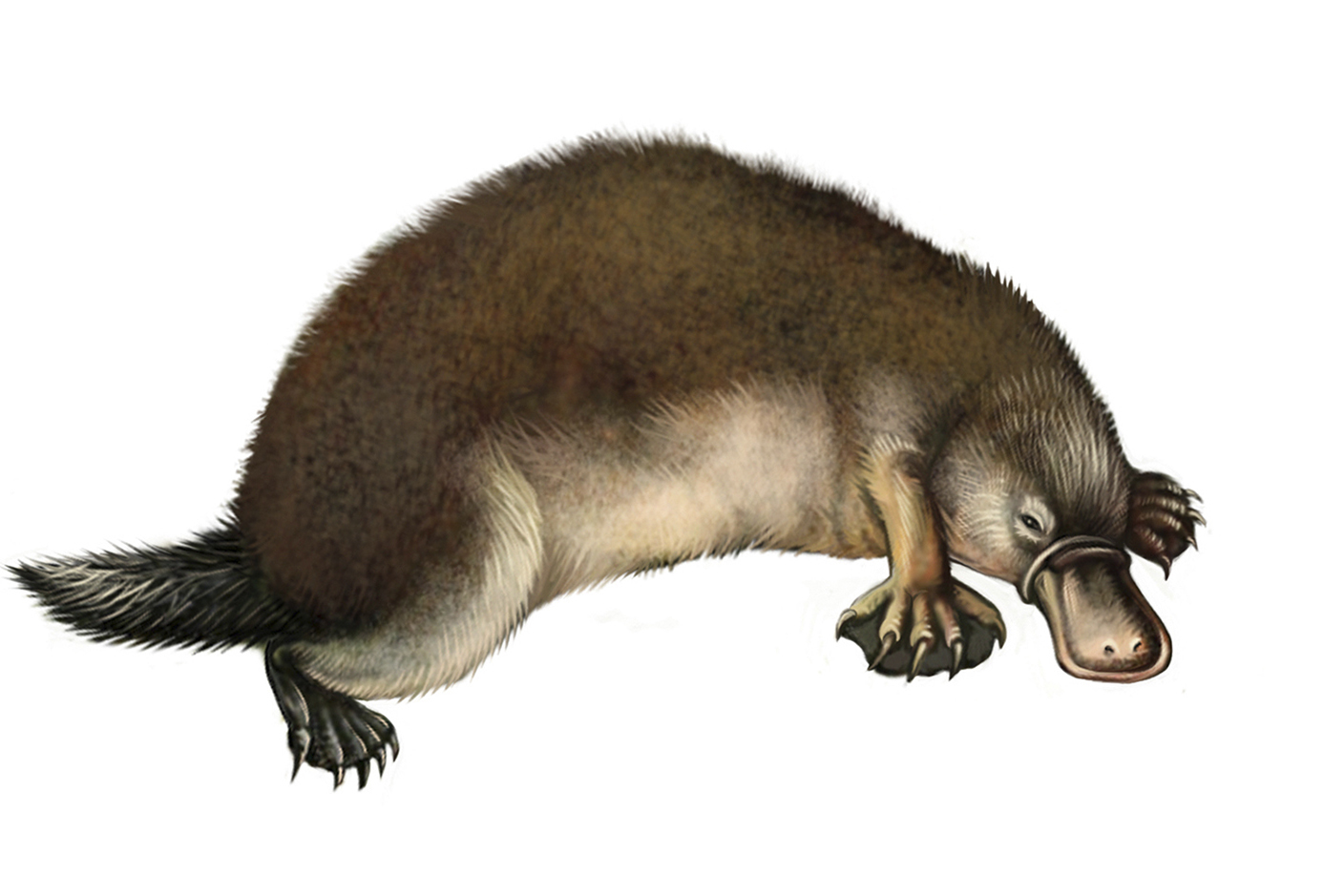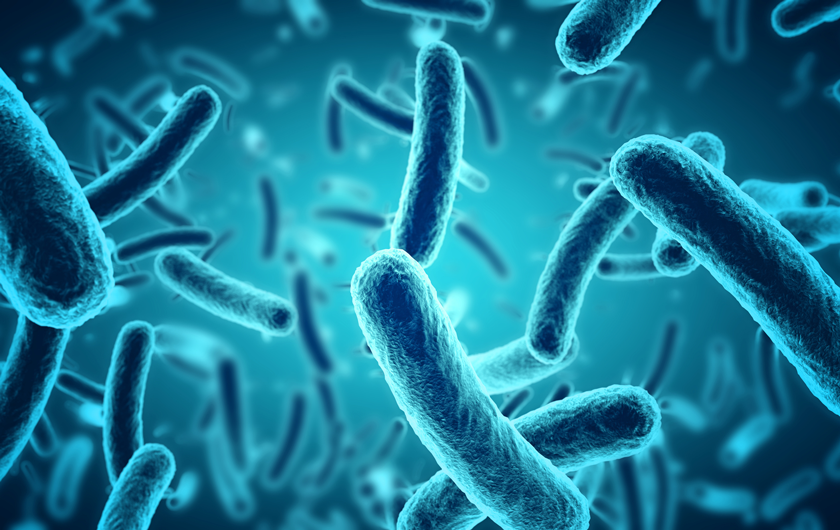The odd creature from Down Under may hold the key to beating deadly superbugs.
By Katrina Caruso
The platypus may be one of the cutest—and weirdest—animals on the planet. Did you know that it doesn’t have teeth, so it chews its food with gravel? Mammals that nevertheless lay eggs, they don’t have stomachs (just a throat connected to their intestines), and the males are armed with venomous spurs on their back feet. Their beaver tails store body fat, and their duck bills can detect other organisms’ electromagnetic fields.
Although they’re mammals, they don’t have nipples. To feed their young, mother platypuses “sweat” milk from the mammary glands on their bellies. All mammals’ milk has antimicrobial properties to help protect their young from disease and infection, but given that the platypus’s method of feeding isn’t the most hygienic, platypus milk has evolved to be especially good at killing bacteria.
Now scientists in Australia have discovered the specific protein in platypus milk that makes it an antibacterial powerhouse. Study results published in March in the journal Structural Biology Communications suggest that the protein’s shape is its secret weapon. Dubbed the Shirley Temple protein for its ringlet shape, the protein easily killed off two infection-causing bacteria in tests, and scientists suspect that it might provide the answer to the problem of antibiotic-resistant superbugs.
In 2014, the World Health Organization (WHO) warned that over-prescription of antibiotics and widespread use of them in raising food animals had led to new strains of bacteria that were immune to antibiotics. WHO has called antibiotic-resistant bacterial infections one of the greatest health threats in the world.
While scientists have a lot more work to do, it seems that animal once thought to be a hoax—a creature made up of bits of other animals—may include among its unusual traits the ability to save a lot of lives.
Photo: iStock/Yulia_Avgust.






